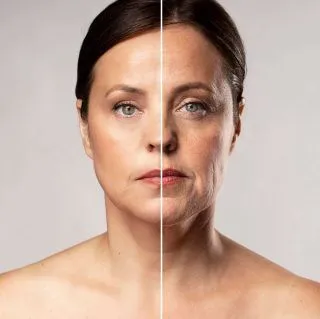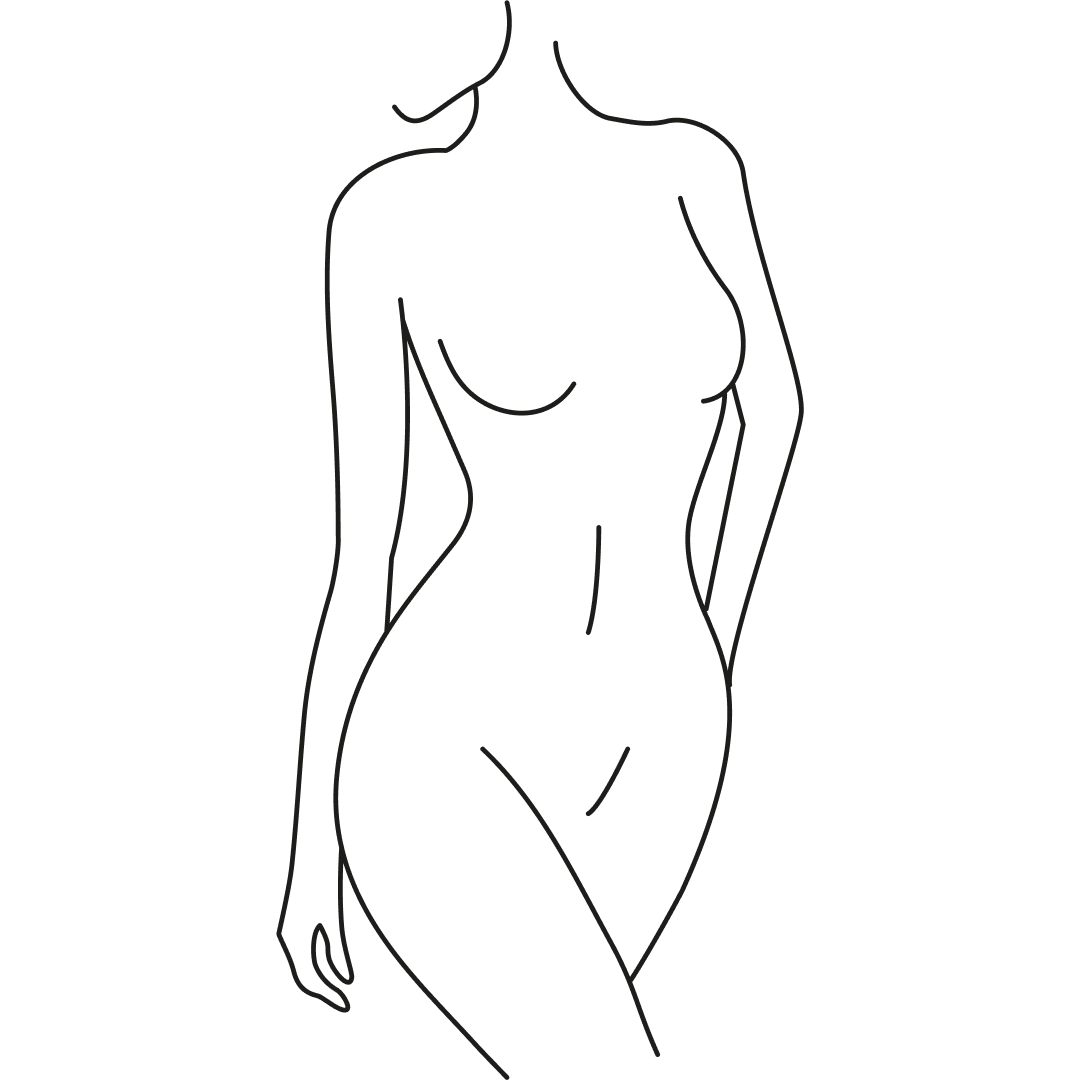The Difference Between Upper, Mid, and Lower Facelifts: Which is Best?
If you’re considering a facelift procedure, you may have already done some research and realized that there are several types of facelift that can vary according to each case.
Here’s what you need to know about three of the most common types of facelift procedures, based on reliable medical sources and the expertise of Dr. Tarek Copty, who has extensive experience in facial rejuvenation, liposuction, and breast augmentation.
If you’re looking for the best rhinoplasty surgeon in Jordan, trusted by patients from all over the Arab world, you won’t find better results than those performed by Dr. Tarek Copty.
Before we delve into the three types of facelift procedures (upper, mid, and lower), let’s first clarify the concept of facelift and what it can do to achieve a younger, more vibrant appearance.
What are facelift procedures?
Most people believe that a traditional facelift is a comprehensive procedure that addresses the entire face. However, there is no single procedure that can solve the problem of facial muscle and skin laxity entirely.
In the general sense, a facelift procedure addresses the area of the cheeks and jaw. Lower facelift focuses on lifting and tightening the neck and eliminating sagging skin in that area, while upper facelift rejuvenates the forehead area by lifting and tightening the eyebrows and eliminating eyelid sagging and wrinkles in that area: The forehead, around the eyes, and frown lines between the eyebrows.
In each of these procedures, the goal is to lift and tighten the facial tissues to create a more youthful and rejuvenated appearance. This includes not only the skin but sometimes also the underlying facial muscles and subcutaneous fat.
What Are the Benefits of Getting a Facelift?
Facelift surgery restores a woman’s youthful features and makes her look approximately 10 to 20 years younger than her actual age. It addresses the signs of sagging that begin to appear around the age of 35, including:
Sagging of the cheek muscles, which make smile lines more prominent.
Sagging of the lower chin area, which causes a double chin.
Wrinkles and fine lines in the forehead and around the eye area.
While Botox may be a solution for these sagging issues, it may not achieve the desired results for individuals over the age of 55-60 due to muscle weakness. Therefore, some people turn to facelift surgery to achieve the desired outcomes.
Which Type of Facelift Procedure Is Suitable for Me?
Your plastic surgeon is the only person capable of answering this question as they can evaluate your condition, understand your needs, and develop a customized plan for you. However, there are some general indications that may suggest specific procedures that could be suitable for you.
In the case of an upper facelift (brow lift), common concerns include sagging upper eyelids and wrinkles between the eyebrows. Patients seeking an upper lift often feel that they appear more tired or angry than they actually are due to eyelid sagging or the appearance of frown lines between the eyebrows, which gradually become permanent even when not frowning or expressing anger.
In the case of a mid facelift, patients may be experiencing sagging or laxity in the cheeks. This procedure often leads to a significant improvement in deep lines around the nose and mouth since it lifts the cheek muscles and provides a more youthful appearance.
In the case of a lower facelift (neck lift), you may benefit from this procedure if you have sagging skin or fat beneath the chin, or even laxity.
The Different Types of Facelifts
The aging signs vary from person to person. Wrinkles and skin sagging might be less visible and appear in late ages for some people, and it might appear in specific areas, such as the jaw and cheeks. While in others, aging signs might appear in their 40s and affect the whole face, rather than being limited to a specific area.
Facelift procedures are customized to meet the specific cosmetic needs of each patient. That’s why there are several types of facelift surgeries to choose from.
Upper Facelift
The upper facelift, also known as (brows lift surgery), is a surgical procedure to tighten the forehead and reduce wrinkles in that area. An upper facelift can help if the signs of aging are concentrated in the upper third of the face (forehead). These signs include:
Wrinkles around the eyes and frown lines between the eyebrows
Deep wrinkles and sagging in the forehead
Drooping eyelids or sagging eyebrows
This procedure is suitable for the following cases:
Patients who do not respond well to Botox due to significant muscle weakness and age-related sagging.
Patients who prefer not to have Botox injections every six months, as this procedure eliminates the need for Botox afterward
The upper part of the face is lifted through an endoscopic facelift procedure
Three small incisions are made in the front of the head and concealed among the hair to internally tighten the forehead muscles. This procedure is performed under full anesthesia and takes about one to one and a half hours.
The patient may experience bruising and swelling in the forehead for a week to 10 days and should rest at home. No visible scars are left, and the hair regrows over the incisions after 3-4 months.

Mid Facelift:
Mid facelift, also known as (cheek lift), targets the middle third of the face, extending from the corner of the eyes to the corner of the mouth. It is a crucial area when it comes to rejuvenating the face. Cosmetic issues addressed by the middle facelift include:
Sagging or drooping cheek muscles
Deep wrinkles between the nose and mouth corners (nasolabial folds)
Sagging skin around the mouth
Skin sagging in the mid-face area, such as the cheeks or jaws
wrinkles around the mouth can make you appear older than you actually are. It is one of the most common signs of aging that many people wish to address. For this reason, facelift surgery is very common for tightening the cheeks and making that area look more rejuvenated.
Here is how the procedure of mid-face lift is performed:
A small surgical incision is made around the hairline and the ear.
Through these small incisions, an endoscope (a small camera) is inserted to tighten the muscles.
The procedure also involves lifting the cheek muscles to create a higher cheekbone appearance.
The small surgical incisions are then closed with stitches.
Lower Facelift:
The area around the chin is an important area for women after the age of 35, as it plays a role in defining age and facial appearance. Therefore, efforts are made to restore youthfulness and freshness in this area.
There are two main types of lower facelift procedures:
Mini Facelift
The mini facelift surgery is a smaller version of the traditional facelift procedure. It differs in the number of incisions performed and is suitable for individuals with mild to moderate wrinkles and sagging.
It is a suitable option for patients between the ages of 35 and 50. This surgery aims to readjust and tighten the connective tissues in the face and neck area to achieve a more youthful and vibrant appearance.
The procedure involves making small incisions below the hairline that extend to the area behind the ear, and it is characterized by precision and minimal need for large incisions.
The muscles and fatty tissues in the face and neck area are lifted and tightened to achieve a younger look and redefine facial features.
Full Facelift
This procedure is performed in a hospital under general anesthesia, and the incision is larger than that in a mini facelift.
It takes around one and a half to two hours and involves tightening the cheek muscles and improving the appearance of the cheeks, neck, and chin.
Some bruising and swelling may appear in the jaw, cheek, and neck area, which may last for about a week to 10 days.
After that, patients can generally return to their normal activities and engage in physical exercise within approximately two weeks.
Recovery time is longer for a full facelift due to more swelling and post-procedure effects. In both procedures, there is not much significant pain.
Some patients may experience mild discomfort, but severe pain is rare. A full facelift also requires more wound care. While a full facelift may experience longer-lasting swelling and minor bruising, it may take the patient about one to one and a half months to fully recover their natural appearance.
Contact us on WhatsApp today to book a consultation with Dr. Tarek Copty.
